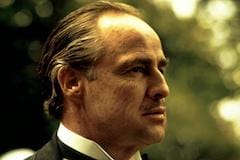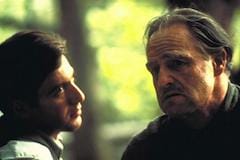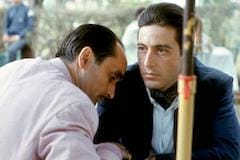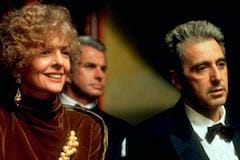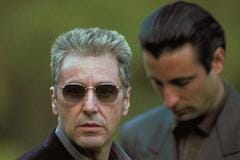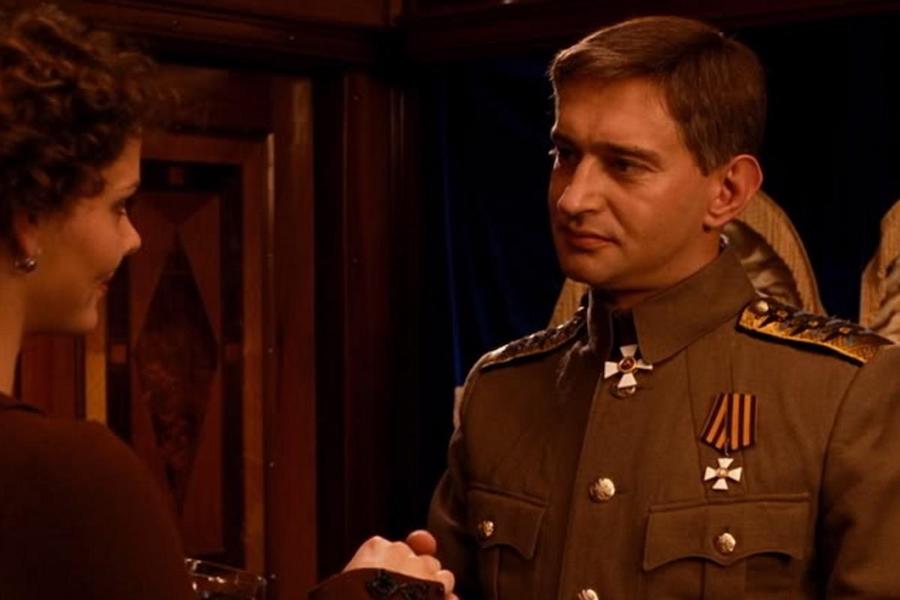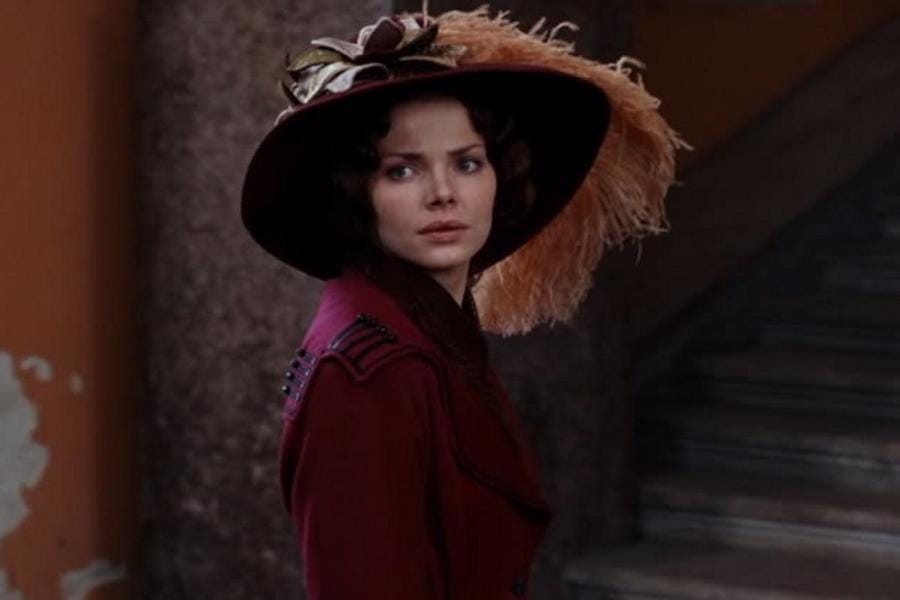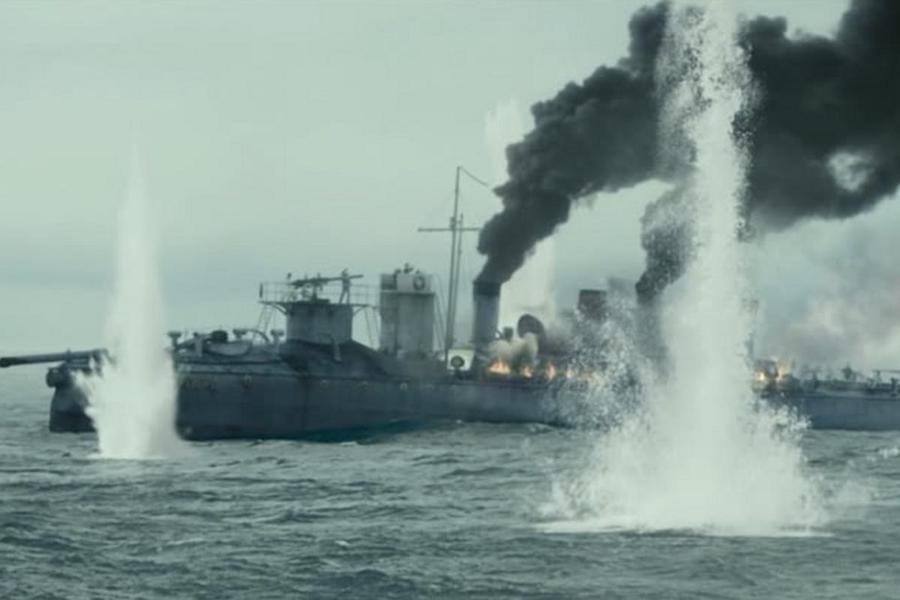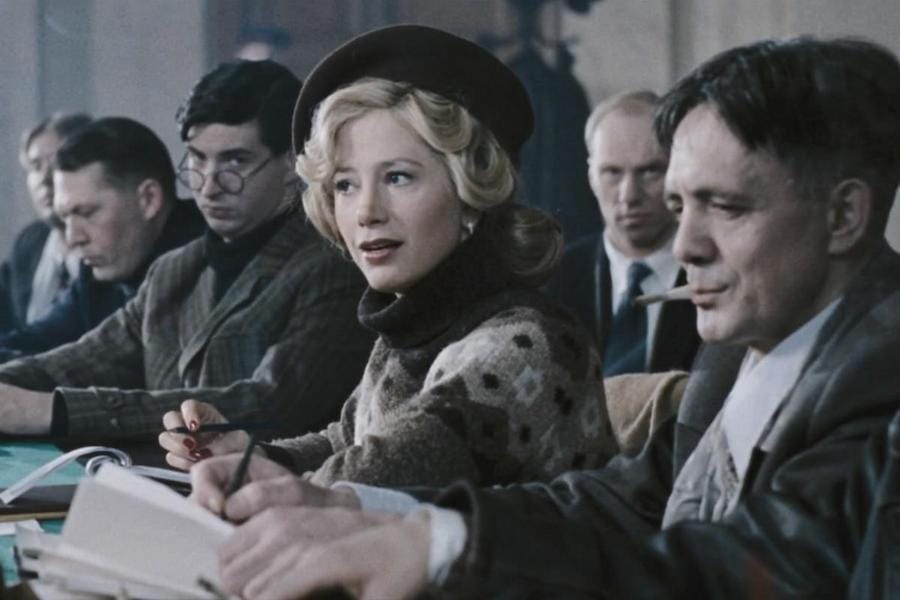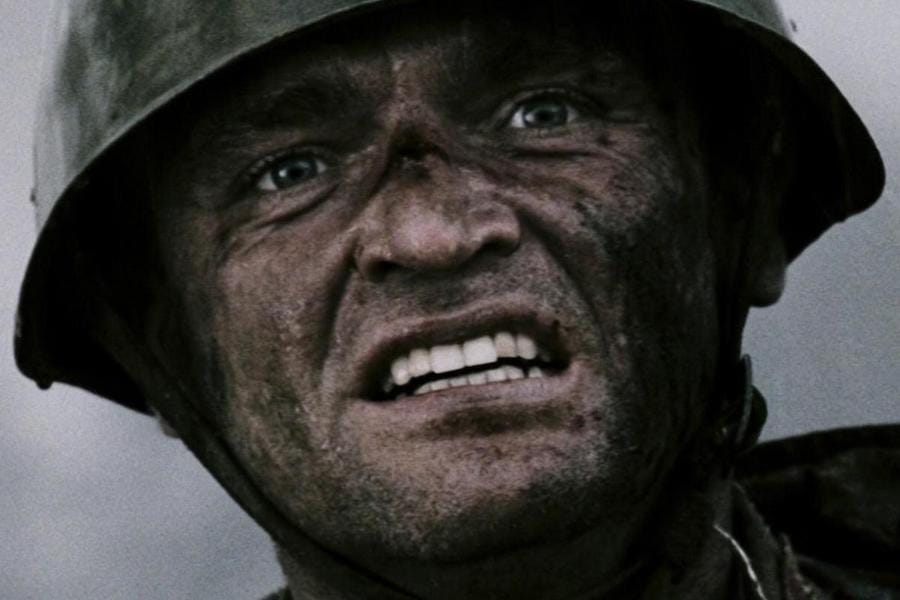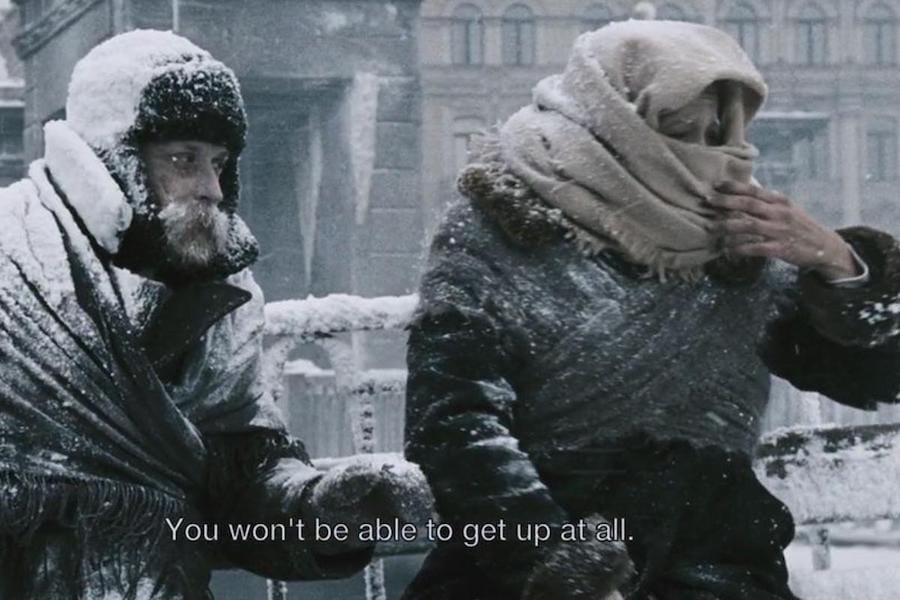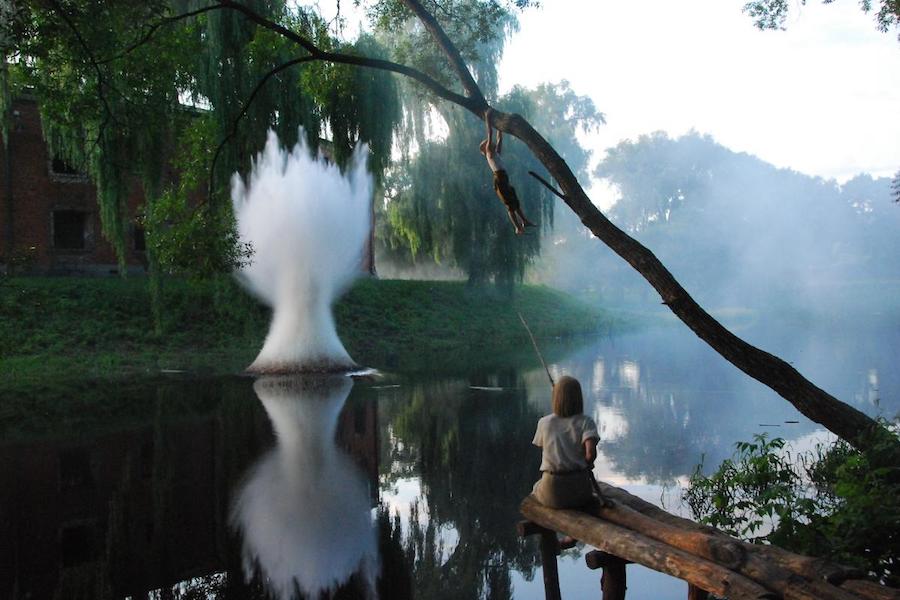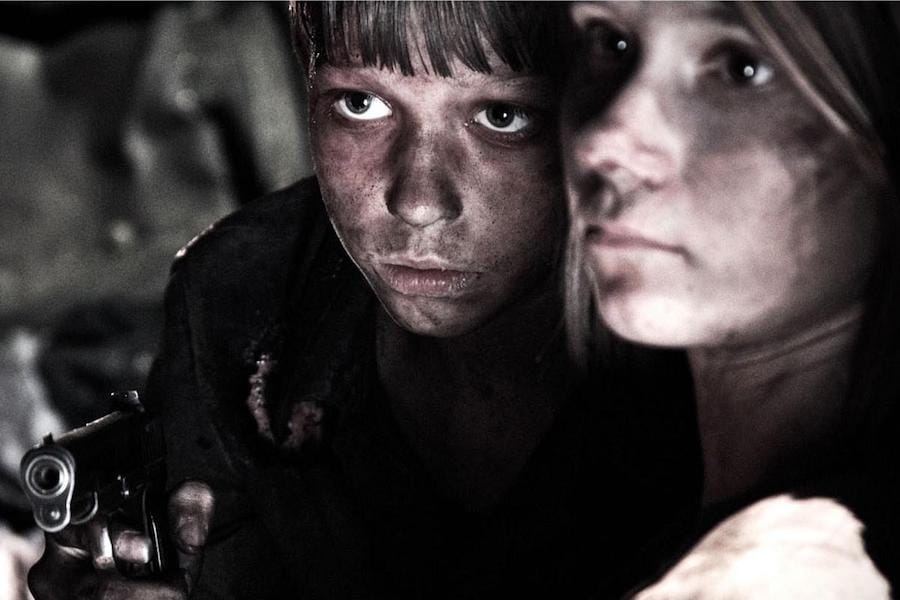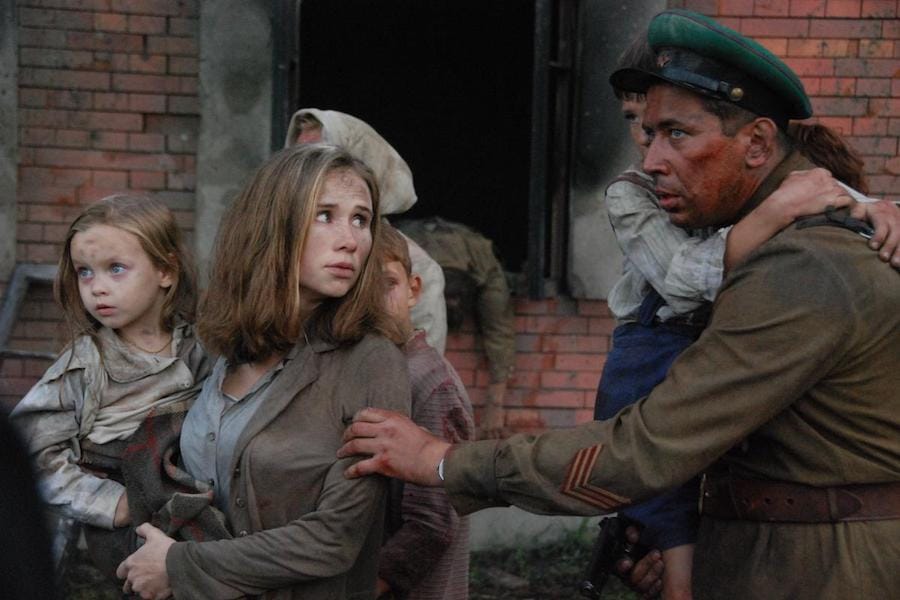Ai về xứ Bắc ta đi với,
Thăm lại non sông giống Lạc Hồng.
Từ độ mang gươm đi mở cõi,
Trời Nam thương nhớ đất Thăng Long!

This could be the last living turtle in Hoàn Kiếm lake and among the lone 4 surviving individuals (2 in China and 2 in Vietnam). The specie is known to be the largest soft – shell turtle in the world.
In 1967, this turtle died (the body preserved at Ngọc Sơn temple), leaving the turtle above the last one. His post – mortem measures: 2.1 x 1.2 meter in size, 250 kg in weight, estimated age at 400 years.
Recently, there’s been much activities on protecting the last specimen of turtle living in Hoàn Kiếm lake. Preserving efforts are being taken place to: improve his living conditions and try to mate him with similar turtles in the hope of producing offspring. All Vietnamese was taught at elementary school legends behind this sacred Hoàn Kiếm turtle. And through out our history, the turtle appeared at crucial moments for not just one time… It’s the Golden Turtle who assisted King An Dương Vương in building the ancient citadel of Cổ Loa (~ 257 BC).
The turtle later helped the king in creating a multi – shot crossbow that destroyed the Northern invaders… In the last “known” advent, the Golden Turtle was sent to reclaim the Heaven’s Will Sword, which was given to Lê Lợi who carried out a 10 years resistance war and regained Vietnam’s independence. Much like King Arthur and his sword Excalibur, myths on a sword with super power sent to assist the hero is unlikely. However, the story’s moral is much more likely and profound indeed:
One year after winning, declaring independence and becoming the Emperor (1428 AD), Lê Lợi goes for boating on a lake near his palace. In the mist of the lake, the Golden Turtle appears, advances toward the boat and asks the emperor to return the sword. It suddenly became clear to Lê Lợi that the sword was only lent to him to carry out his duty, as a powerful weapon in war time, but it now must be returned to its owner, lest it would harm him and his country if misused as it’s not the appropriate tool in peace time.
Lê Lợi draws the sword out and hands it to the Golden Turtle, who grasps it with his mouth, then disappears into deep water. Aftermath, the lake was renamed Hoàn Kiếm, which means: lake of the Returned Sword (or Sword lake for short in spoken language), now at the center of Hà Nội, Việt Nam’s capital. Wise old men argue that if this only remaining sacred creature is going to die, then who would reclaim the hammer and sickle – ☭ ? 😬


